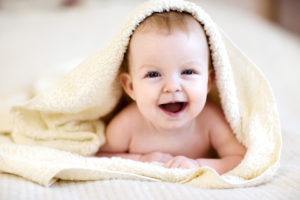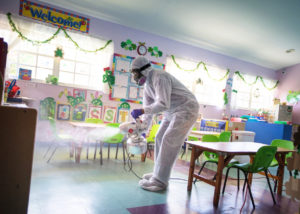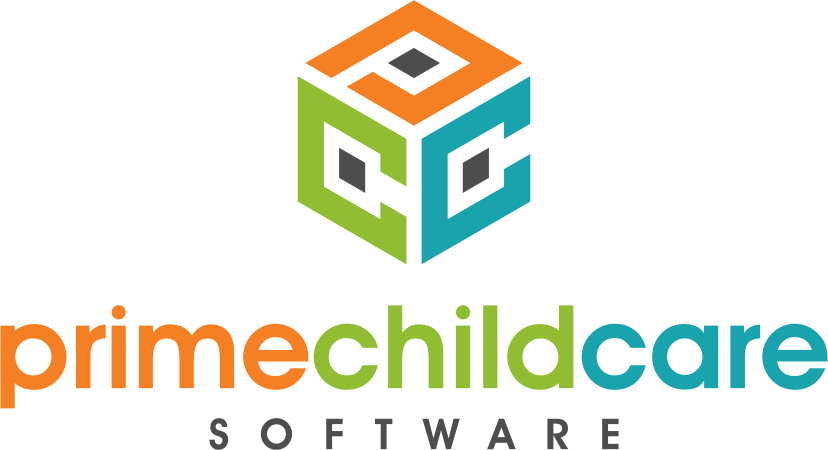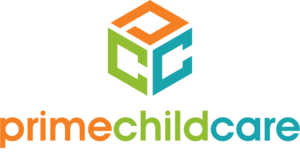Will you return to work tomorrow? More importantly, will your daycare facility be open for business? And, if so, what will reopening daycare facilities post-COVID-19 entail?
In a recent NAEYC study, 30% of daycare providers said a closure exceeding two weeks long would result in financial devastation. The term “new normal” has been thrown around a lot lately. Yet, despite the social and economic upheaval caused by COVID-19, many of us have started to contemplate the future. And, inevitably, that involves going back to work.
But, how will your facility navigate reopening? What steps should you take to comply with social distancing guidelines and new regulatory requirements? While some childcare centers were able to keep the lanterns burning during the height of the crisis, others were forced to close — generally due to a lack of enrollment.
But, as parents begin to return to work in many states, a safe reopening is crucial. At Prime Child Care Software, we’ve been paying careful attention to federal guidelines for facility reopenings. And, as we listen to your concerns, it assists us in developing the technical solutions you need. For example, we recently added temperature checking components to our software. Both the CDC and The American Academy of Pediatrics suggest temperature screenings of all staff and children at check-in.
If you have plans to reopen soon, below are top considerations to keep in mind before you swing your gates open to eager children and exhausted parents.
Screening Procedures for Reopening Daycare Facilities Post-COVID-19
Federal guidelines recommend screening children before they enter your facility. While that may seem like a scenario from a dystopian B-movie, it’s sadly part of that “new normal” everyone is talking about. One sick child can spread the virus to other children and your staff.
Recently, we added temperature check features to all of our clients’ Prime platforms. So, if you’re using our software, you have the means to document temperature readings. But, that’s just a start. You still need to implement procedures for screenings.
The CDC strongly recommends that child care facilities implement one of three scenarios:
Scenario 1: Promote Social Distancing During Check-In
The CDC’s current recommendation for social distancing is six feet. In other words, you should stand at least six feet away from others (parents and children) during the check-in process. In this scenario, you would ask parents to take their children’s temperatures. You would also inquire if a child has been sick recently. Also, instruct your staff to observe children for any signs of illness (fever, flushed face, rapid breathing, fatigue, or fussiness).
This is recommended for child care centers that don’t have adequate supplies of PPE (personal protective equipment) — which is in demand just about everywhere.
Scenario 2: The Barrier Method
Another option is to set up an entire station for temperature screenings. This is ideal for facilities with high headcounts. In this scenario, you would construct a temperature checking station with a glass window partition that employees could stand behind. This protects employees from airborne respiratory droplets (from coughs and sneezes).
Employees would still need to regularly wash their hands with soap and water — or use a bottle of hand sanitizer with at least 60% alcohol content. Like the previous method, employees would do a visual check for symptoms, then proceed to record the child’s temperature (ideally using a temporal thermometer).
Scenario 3: The PPE Method
If you’ve managed to acquire enough PPE, then this method may be the simplest. Your staff will wear PPE (gloves, masks, or goggles) to check each child’s temperature with a temporal thermometer. Then, employees would replace their gloves and wash their hands after checking each child.
Tips:
- The CDC has an entire guide on how to properly don PPE.
- Children who have fevers over 100.4 F should not be admitted to the facility.
- Note that children between infancy and 10 years old often have higher temperatures than adults. The average temperature of children in this age range is 95.9 – 99.5°F.
- Since children are often asymptomatic, it’s important to implement social distancing and hygiene control practices during the screening.
It’s Time to Rethink Traditional Drop-off and Pick-up Processes
In most child care settings, pick-up and drop-off is a relatively simple process. But, that’s about to change. Ideally, you should stagger pick-up and drop-off times. For drop-off, have volunteers stand outside to usher parents out of their cars when it’s time for their child to enter your facility.
For pick-up, you can assign dedicated volunteers to walk children from your facility out to their cars (and waiting parents). Ideally, volunteers should be a parent or sibling. Consider using the same volunteers every day. However, politely and firmly decline the help of grandparents or parents with pre-existing health conditions (diabetes, high blood pressure, immunocompromised and COVID-19 positive, etc.).
Cleaning 2.0: The Return of the Disinfectant
While you likely already have robust cleaning practices in place, you’re certainly going to have to ramp them up, even in a post-COVID-19 world. We’ve talked about the value of hygiene-based improvements to promote learning, but you’ll need to intensify your efforts with best-of-breed social distancing practices and hygiene control.
The CDC has extensive recommendations about this, but we’ll point out the basics:
- Daily, wash and disinfect all surfaces touched by children.
- Staff should use soap and water after diaper changes and classroom activities.
- Children should be encouraged to wash their hands throughout the day.
- Pay careful attention to toys, since young children tend to mouth items as a way of exploring their world.
- Invest in wipes for high-touch surfaces.
Tips to Create a Safe, Clean Environment
- Here are some guidelines for disinfecting community areas in case you run out of wipes. These can be a challenge to find right now, and hospitals are getting priority purchase rights.
- The EPA has a list of cleaning products that work against COVID-19.
- The CDC recommends that children and adults wash their hands for 20 seconds at a time. Be sure to show children this video to help them understand the process.
- The CFOC is a great starting point for basic cleaning processes.
Social Distancing Should be Part of Reopening Daycare Facilities Post-COVID-19
For many childcare centers, social distancing will be a challenge. How do you maintain the necessary physical distance in an environment that thrives on social interaction? For starters, you can’t separate every child. It’s just impossible. However, you can separate children into groups. Ideally, you’ll also limit each group’s interactions with the other groups.
Like drop-off and pick-up times, you should stagger meals and playground times, as well. Allow each group the same privileges, but only let one group at a time play or eat together. If your facility is too large for that to be feasible, try to keep the same groups on the playground every day.
Obviously, you want to cancel any large gatherings that you previously planned. Fun 4th of July activities and field trips may need to be put on hold, and you certainly don’t want to host any “parent’s weekend” activities. Social and emotional learning will still occur but in more controlled settings.
Prime Child Care Software Has Solutions for Reopening Daycare Facilities Post-COVID-19
Is your child care center on the verge of reopening? And, are you unsure about what strategies to leverage during this trying time? If so, we can help. Our mission centers on facilitating the safe reopening of daycare facilities post-COVID-19. At Prime, we’re working on developing social distancing features for our software. Within weeks, we launched critical features like temperature checks, and we plan to continue adding features as the need arises. For help navigating your facility’s reopening, contact us today.
Recent Articles from Prime:

Complete Checklist For Infant Care Professionals
Research shows that despite the facilities or number of staff that a daycare center has, the true indicator of the quality of a childcare program directly relates to the knowledge, attitudes, and skills of the adult professionals who work there. Check out our complete checklist of the different aspects of infant care, needs, and changes that daycare staff should consider. … Read More

How To Lead A Low-Stress Move To A Child Care Management System
4 Important Steps To Help You & Your Staff Embrace The Digital Age The benefits of moving to a child care management system are numerous and well documented. What is far less well known is how to prepare. Transitioning from

Considerations for Reopening Daycare Facilities Post-COVID-19
Are you getting ready to reopen your daycare? Get important information about what it takes to reopen safely post-COVID-19. … Read More

3 Ways to Ensure Parents and Guardians Are Reading Health Notices and Policy Changes
Now more than ever parents need to stay up-to-date with your daycare center. Getting them the information is easy. Getting them to actually read it, though, tends to be much more difficult. So how do you make sure important information is getting to parents? … Read More

Prime Childcare V2.6 Now Supports Daily Body Temperature Checks to Protect Daycares and Other Facilities
Prime Childcare V2.6 now allows temperature checks that can be customized to meet facility standards, while being compliant with various state and local mandates. Facility administrators set a maximum temperature threshold which alerts staff whenever a child exceeds that number,

The COVID-19 Childcare Dilemma: Encouraging Parents to Send Their Kids Back to Daycare
More parents are working from home than ever before. We share our best tips for encouraging parents to send their kids back to daycare. … Read More










